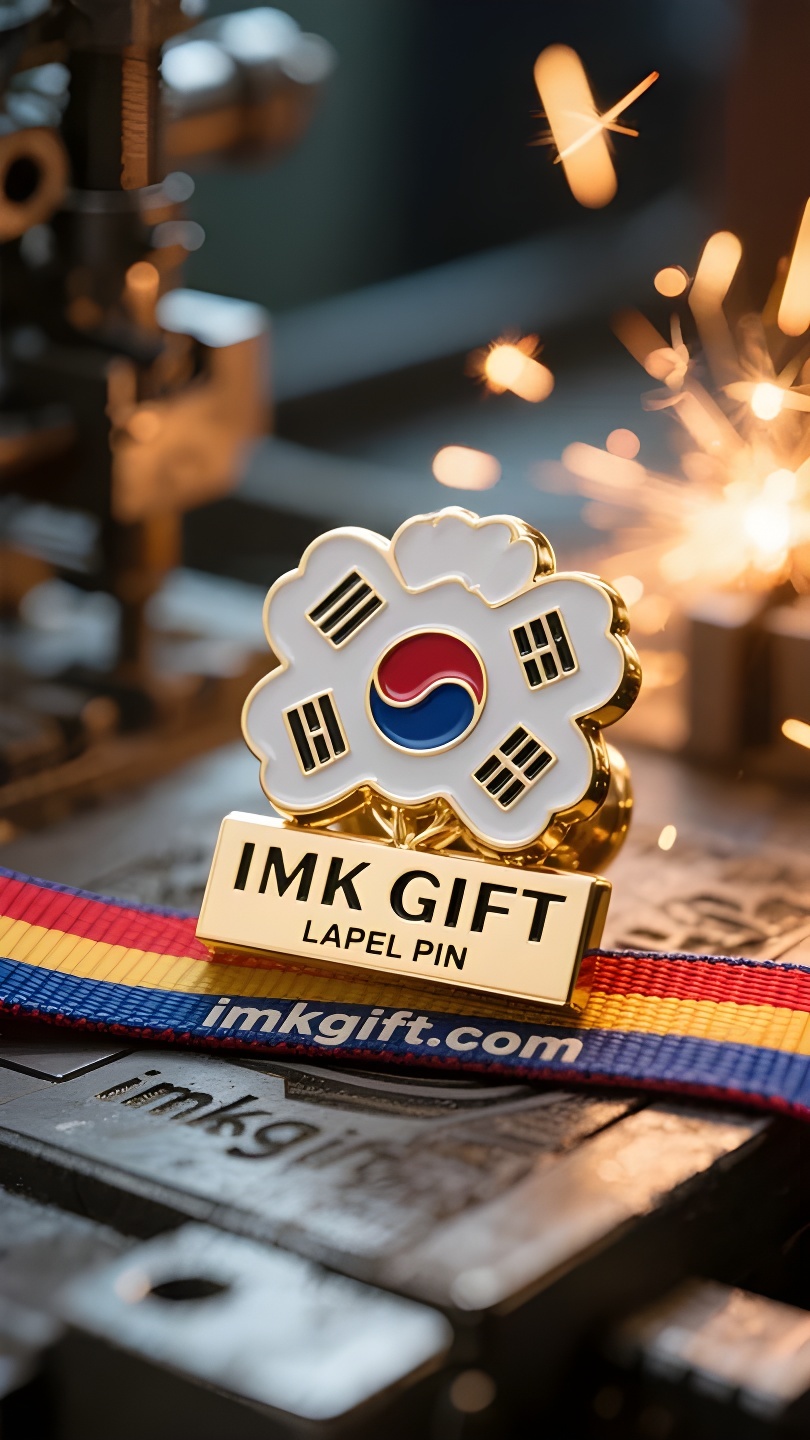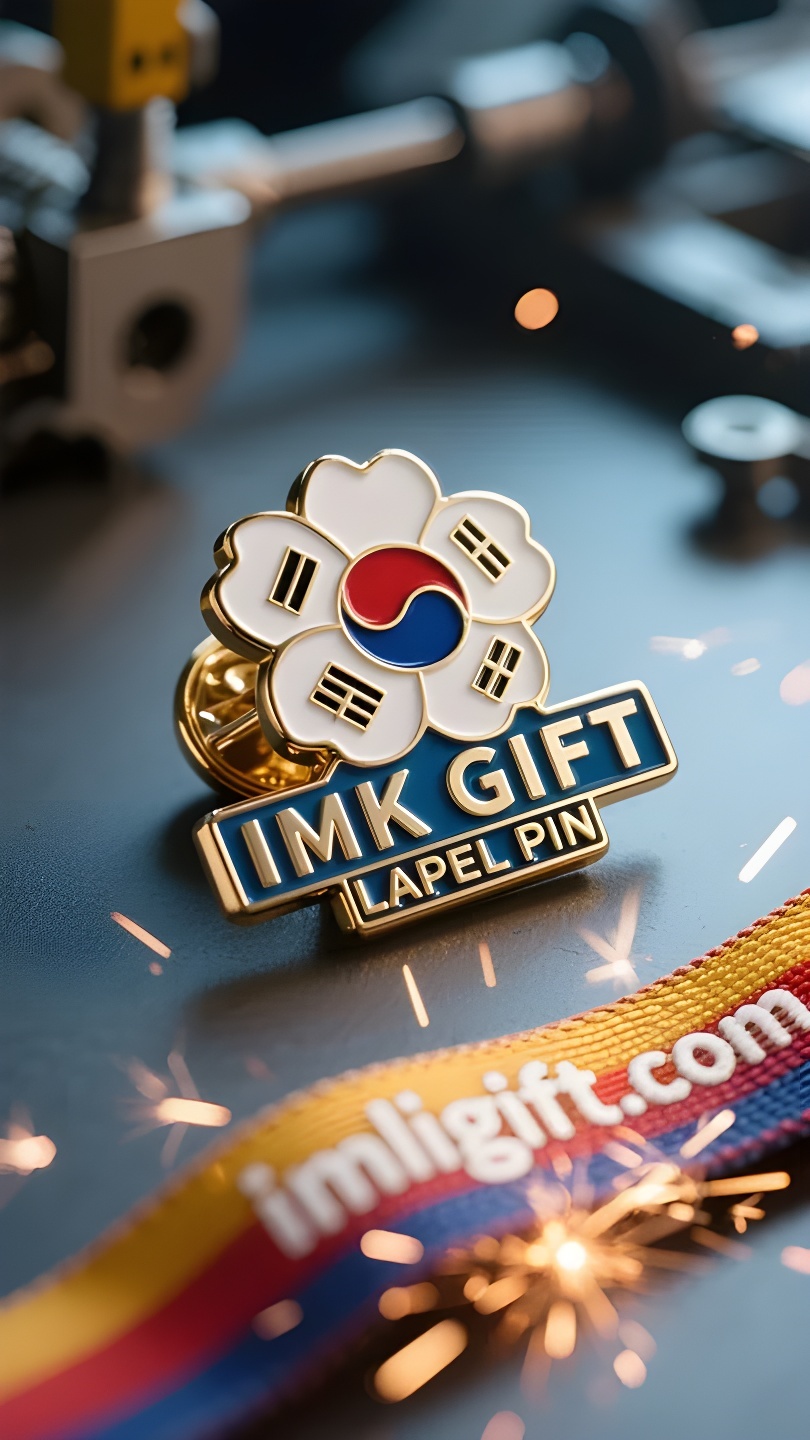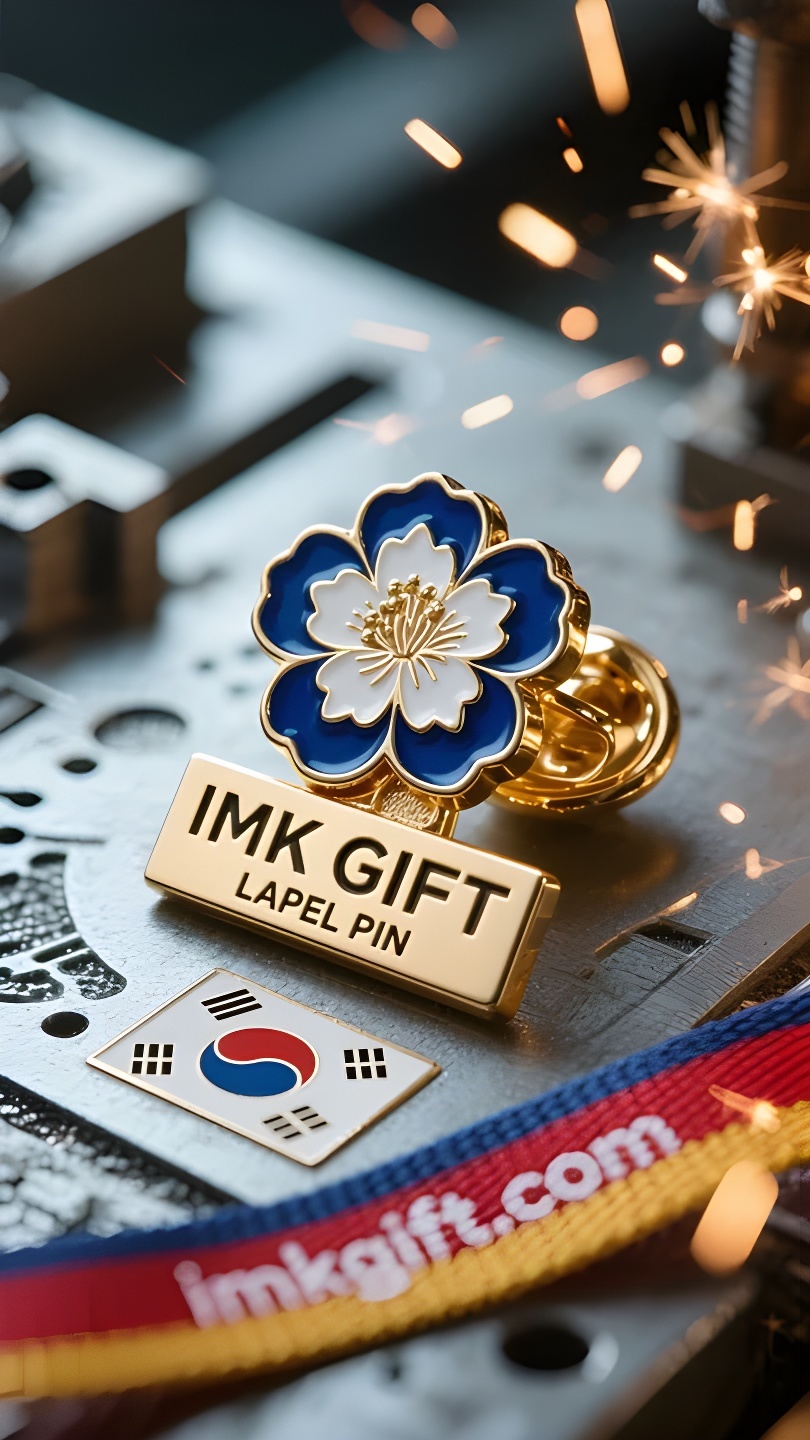in998-무궁화가-필-때-산과-강이-모두-태양을-향함
▼
매년 3월 1일, 대한민국의 거리를 휘날리는 태극기와 목화꽃 문양은 한 국가의 유전자에 새겨진 영적인 암호를 깨웁니다. “삼위일체 기념일”로 알려진 이 기념일은 100년 전 식민지 지배에 맞서 싸운 전쟁 기간을 기록할 뿐만 아니라, 목화꽃 상징에서 영원히 꽃피는 국가적 영혼을 담고 있습니다. 한국의 국장의 핵심 요소인 목화꽃은 다섯 개의 밝은 붉은 꽃잎이 금빛 태극무늬를 지탱하고 있는데, 이는 오덕을 지닌 국자와 같습니다. 중앙에 있는 태극무늬는 음과 양의 조화로 인한 생존의 지혜와 강인함과 유연함의 결합을 상징합니다. 다섯 개의 꽃잎은 고려시대의 ‘오행오방(五行五方)’ 사상의 유산일 뿐만 아니라, 통일, 정직, 평화, 영원, 겸손이라는 현대 정신을 은유적으로 표현한 것입니다. 하비스커스 문양이 정부 문서에 삽입되고 기념 메달에 주조되면, 이 피어나는 꽃의 언어는 국가적 자립의 암호가 됩니다. 마치 100년 전 애국자들이 “독립 선언서”에 찍었던 피 묻은 지문처럼, 그 시대의 철의 장막을 영원한 자세로 두드리는 것과 같습니다. 오늘날 한국의 거리에서는 목화꽃 문양과 태극기가 함께 사람들이 꽃을 바치는 엄숙한 행렬을 이루고 있습니다. 꽃잎에 맺힌 아침 이슬은 한강의 기적에서부터 문화 수출에 이르기까지 현대의 전설을 반영합니다. 바람과 비에 의해 단련된 이 동양의 꽃은 우리에게 이렇게 말합니다. 진정한 위엄은 결코 시들지 않는 데 있는 것이 아니라, 매번 가을에 히비스커스처럼 다시 꽃을 피울 수 있는 데 있습니다. 다섯 개의 꽃잎이 함께 힘을 합쳐 태극권의 빛을 보호할 때, 이 땅은 언제나 태양을 향해 자랄 것입니다.
Every March 1st, the Taegeukgi and hibiscus emblems flying in the streets and alleys of South Korea awaken the spiritual code engraved in the genes of a nation. This memorial day, known as the “March 1st Day”, not only records the war years of fighting against colonial rule a hundred years ago, but also carries the national soul that blooms forever in the hibiscus emblem. As the core element of the Korean national emblem, the hibiscus flower, with five bright red petals holding up the golden Tai Chi pattern, is just like the national character with five virtues: the Tai Chi in the center symbolizes the wisdom of survival of the harmony of yin and yang and the combination of hardness and softness; the five petals are not only the inheritance of the “Five Elements and Five Directions” philosophy of the Goryeo Dynasty, but also a metaphor for the modern spirit of unity, integrity, peace, eternity and humility. When the hibiscus emblem is embedded in government documents and cast in commemorative medals, this blooming and unfading flower language becomes the code for national self-reliance – just like the blood-red fingerprints pressed by the patriots on the “Giwei Independence Declaration” a hundred years ago, knocking on the iron curtain of the times with an everlasting attitude. Today, on the streets of South Korea, the hibiscus emblem and the Taegeukgi jointly witnessed the solemn procession of people offering flowers. The morning dew condensed on the petals reflects the modern legend from the miracle of the Han River to cultural exports. This oriental flower tempered by wind and rain tells us: true dignity is not to never fall, but to be able to bloom again like a hibiscus after every fall. When the five petals work together to protect the light of Taegeuk, this land will always grow towards the sun.
每年3月1日,韩国街头巷尾飘扬的太极旗与木槿花徽章,都在唤醒一个民族刻入基因的精神密码。这个被称为”三一节”的纪念日,不仅记录着百年前抗击殖民统治的烽火岁月,更承载着木槿花徽章中永续绽放的民族魂魄。
作为韩国国徽核心元素的木槿花,五片嫣红花瓣托举金色太极纹样,恰似五德具足的民族品格:中央的太极象征阴阳调和、刚柔相济的生存智慧;五枚花瓣既是高丽王朝”五行五方”哲学的传承,更暗喻团结、正直、和平、永恒与谦逊的现代精神。当木槿花徽章嵌在政府公文、铸于纪念勋章,这种绽而不落的花语便化作民族自强的密码——正如百年前志士们在《己未独立宣言书》上按下的血红指印,以永不凋零的姿态叩击着时代的铁幕。
今天的韩国街头,木槿花徽章与太极旗共同见证着民众献花的庄严队列。花瓣上凝结的晨露,倒映着从汉江奇迹到文化输出的现代传奇。这朵被风雨淬炼过的东方之花告诉我们:真正的尊严,不在永不跌倒,而在每次跌倒后都能如木槿般重新绽放。当五瓣同心守护太极之光,这片土地便永远向着太阳生长。
▼
Contact Us
📞 Tel: +0086-760-85286839
📧 Email: sales3@imkgift.com








